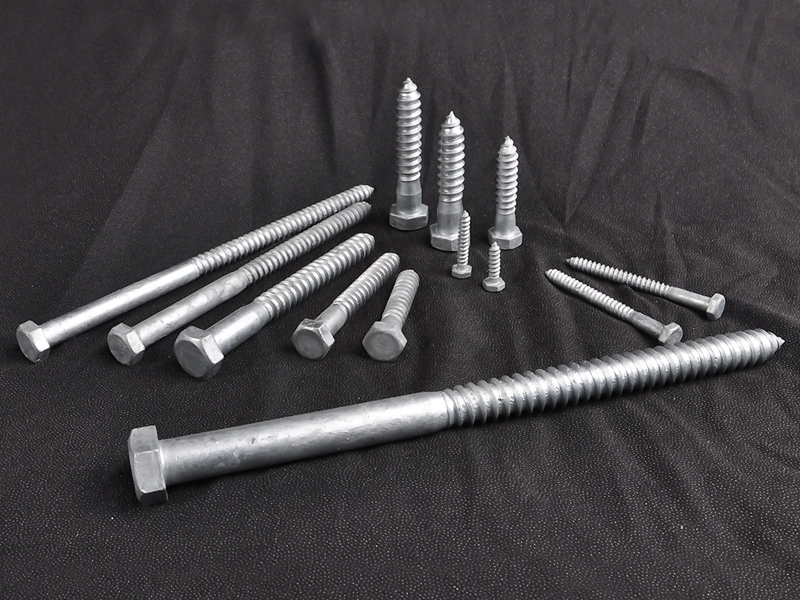When choosing screws for woodworking, it’s important to know the screw diameter and thread count. This information is important for plans, instructions and specs.
Screws that don’t require matching with a mating part are denominated with industry Numeric Sizes preceded by a # sign and show both the major diameter and the number of threads per inch.
Length
The length of a screw or bolt is measured from beneath its head. Some screws, such as truss-, round-, or hex-head wood screws, don’t drive completely into the surface of the material they’re fastening; these are called non-countersinking screws.
Measuring screw threads requires a caliper and is a little trickier than measuring major diameter, as you need to count the number of thread peaks over one inch. However, you can get a good approximation of threads per inch by counting the distance between two adjacent thread peaks on a piece of sample screw.
Wood screw sizes are often expressed as a combination of gauge, threads per inch, and shaft length in inches. For example, a wood screw labeled 6-32 x 1 1/2″ has the standard gauge and threads per inch for that type of screw, and is an inch and a half long. If you see a callout with metric measurements, check out our guide to Deciphering Metric Screw Sizes for help translating it to standard imperial sizes.
Head
The head of a screw is the flat part on top. Almost all screws have this type of head. Screws with a flathead are meant to be countersunk flush or below the surface. You must countersink these before driving them in. Hex, pan, button, round and truss heads do not need to be countersunk.
A screw length measurement is listed on the callout of a box of screws. This is the distance from directly under the screw’s head to the tip. For non-countersinking screws, this is called the shaft length.
It is important to know the correlation between head size and gauge (imperial). The formula is Head Diameter in Sixteenths of an Inch X 2 – 2. This gives you the screw’s gauge. This also works for metric sizes. This will help you minimize or avoid the possibility of using the wrong screws. This is especially helpful for those who use collated screws in their work.
Shank
The shaft of a screw is the part that drives into the surface you’re working with. For wood screws, the shaft is often thicker than it would be for a utility screw. For instance, a steel wood screw is likely to have a thicker shaft than a Duraspin utility screw.
This is why it’s important to understand the different measurements used for screw sizes. The number of thread peaks in one-inch section of the screw’s thread is called the gauge, while the number of threads per inch—often abbreviated as TPI—gives you the diameter of the shaft.
The head-bore size—which is roughly equal to the shank diameter and can be threaded, unthreaded or partially threaded—is determined by dividing the shaft diameter by 2. This makes it easy to determine what drill bit to use for a screw without even looking at it. This is particularly helpful for determining the correct length of a screw, since it may not always be obvious from the label on the box.
Threads
The threads on a screw determine how tightly it fits in a nut or into a threaded hole. Screws have different types of threads, and they can be right or left hand. The most common type of screw is the right hand (abbreviated RH), which is turned clockwise when threading into a nut or screwed into wood.
Screws are sized according to their major diameter, or “gauge,” and the number of threads per inch they have. A screw’s gauge is usually a one or two-digit number, and its length is given in inches, although some suppliers use the metric system of measurement based on millimeters instead (see the Imperial to Metric Screw Size Chart below).
There are also different tolerance classes for screws, with class 1 being the loosest and class 5 being the tightest. You can find the tolerance class on the end of a screw, or in some cases it is listed immediately following the screw length.4 screw diameter




